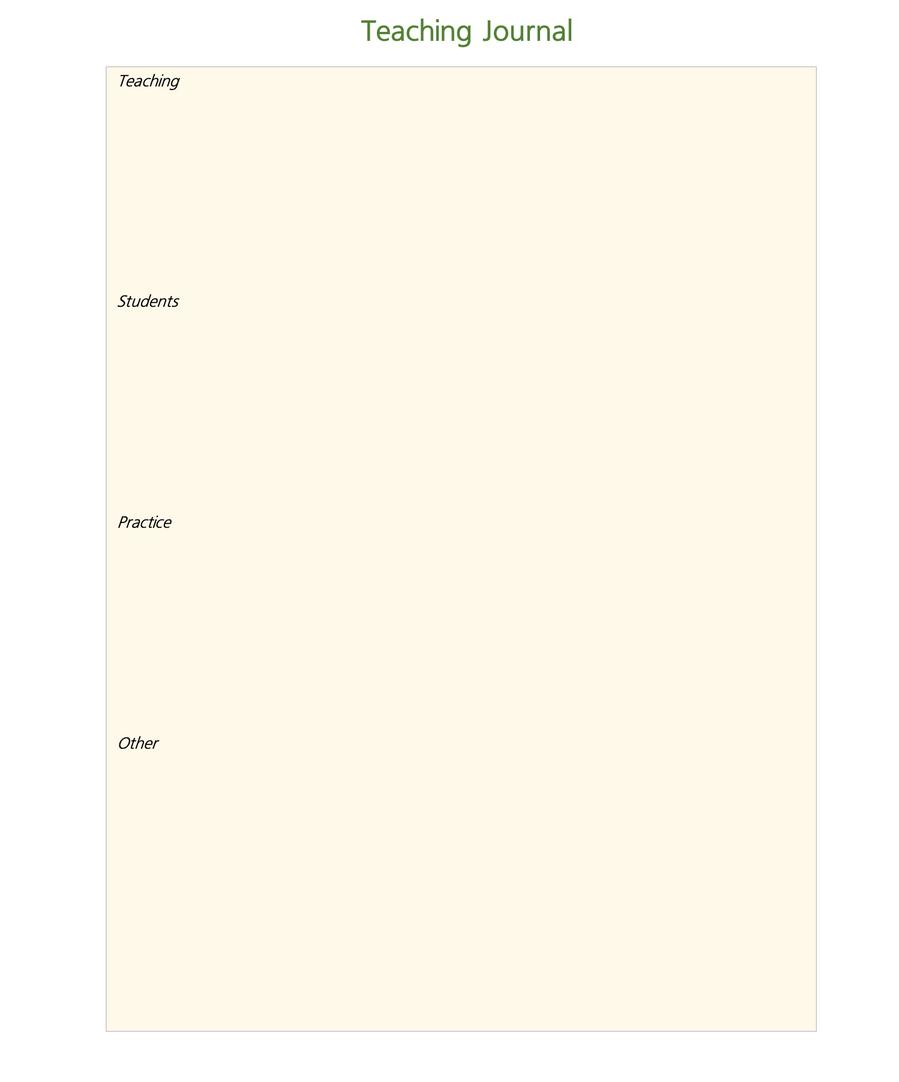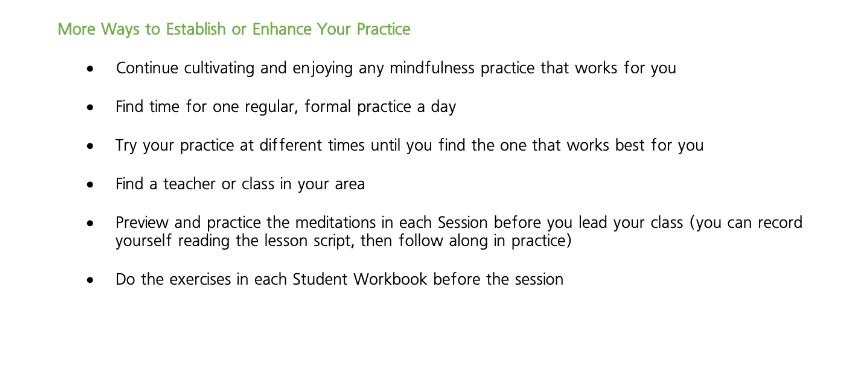














[You can have this slide open as students enter the room and while you complete some logistical first-day tasks like taking names, gathering contact information, and signing paperwork. This would be a good opportunity to lay out any forms or copies of the Student Workbook (if you are providing), and to simply greet all attendees as they arrive.]
Welcome to our mindfulness class. My name is _ and I will be your instructor, guide, and coach for these 10 sessions. We have many topics to cover, and some meditation practices I’m looking forward to sharing with you, along with some great take-home resources.
But, before we jump into those, I have a few questions for you.
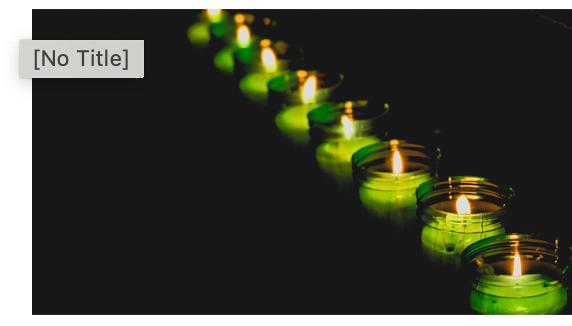
First, can you think about what’s good right now, what’s going well in your life, what brings you joy, and what feels pleasant?
Take a moment and reflect on the good, the joyful, and the pleasant.
Now, consider what’s challenging in life right now, what’s causing stress, and what about life is unpleasant. You are welcome to close your eyes.
Take a moment and think about the stress, challenges, and unpleasantness. Thinking about these issues may cause you to feel some tension, stress, or anxiety.
Now, I invite you to feel your feet on the ground. Feel the ground solid beneath your right foot and your left foot. Feel your body in your chair.
[You are now beginning their first formal practice.]
It may feel unpleasant right now. Where in your body does it feel unpleasant? Maybe your neck, your shoulders, your back? Maybe your jaw or your brow? Can you notice whether your muscles are tense or soft? Take a moment and notice your breathing. Is it shallow, rapid, deep, or slow? Just notice, without any judgment, without trying to fix anything.
Now, try to open up to a sense of spaciousness, a sense of ease, especially in those parts that are carrying stress, tension, and life’s challenges. Wish yourself well with an open heart. When you are ready, you can open your eyes.
[Give students a few seconds to return to a state of alert awareness.]
Congratulations, you just completed your first mindfulness meditation.
Think for a moment about how that one-minute meditation practice felt for you. Compare how you feel now with how you felt when you walked into the room. Would anyone like to share about how that practice felt or what you may have noticed?
[Invite responses and affirm students’ experiences. “Yes.” “Good.” “That makes sense. ” “I’ve had that experience, too.”
“Thank you for sharing.”]
Paying attention may be pleasant and unpleasant. This is the essence of mindfulness: paying attention to our moment-to moment experience without judgment. It’s simple, but it’s not easy.
Who has ever felt like or been told they need to: Pay attention?
Focus? Get rid of distractions? Usually, we strive for attention and focus when we need to complete homework or a chore, or something unpleasant.
Maybe you ’ ve had the experience of automatic focus when you ’ re doing something you enjoy. You may know what it’s like to be fully present, caring about what you ’ re doing, and fully engaged in your mind, body, and heart.
We can learn to cultivate that feeling during life’s regular moments and even during unpleasant moments. Mindfulness is really about being and staying present.
As you grow in your practice, I will be here to help you with your challenges, whatever they may be. I hope to help you find techniques that work well for you and that you will be able to practice and develop for your own goals.
Now, let’s take a few minutes to introduce ourselves and get to know each other.
We’ll go around the room and share our name, our age/grade, some reasons or goals for taking this course, and anything that you’d like us to know about you.
[You may invite students to wear disposable name tags to help you remember and call on individuals by name.]
Thank you for those introductions. Let’s move on to the ground rules of this course. Our intention is for this to be a safe,
Welcoming and encouraging space for growth and learning. We’re not experts; we ’ re learners with beginner’s minds, which involves curiosity, eagerness to try new things, and openness to making mistakes as we learn.
[Read the list of ground rules, and feel free to add your own to it your approach or your student’s needs.]

Let’s take a 1-Minute Movement break. Move any part of the body for one full minute, in any way it needs or wants to move right now.
Maybe the body needs to walk, stretch, lie down, jump, breathe deeply, and close the eyes. Give each other plenty of space and just let the body move for a minute.

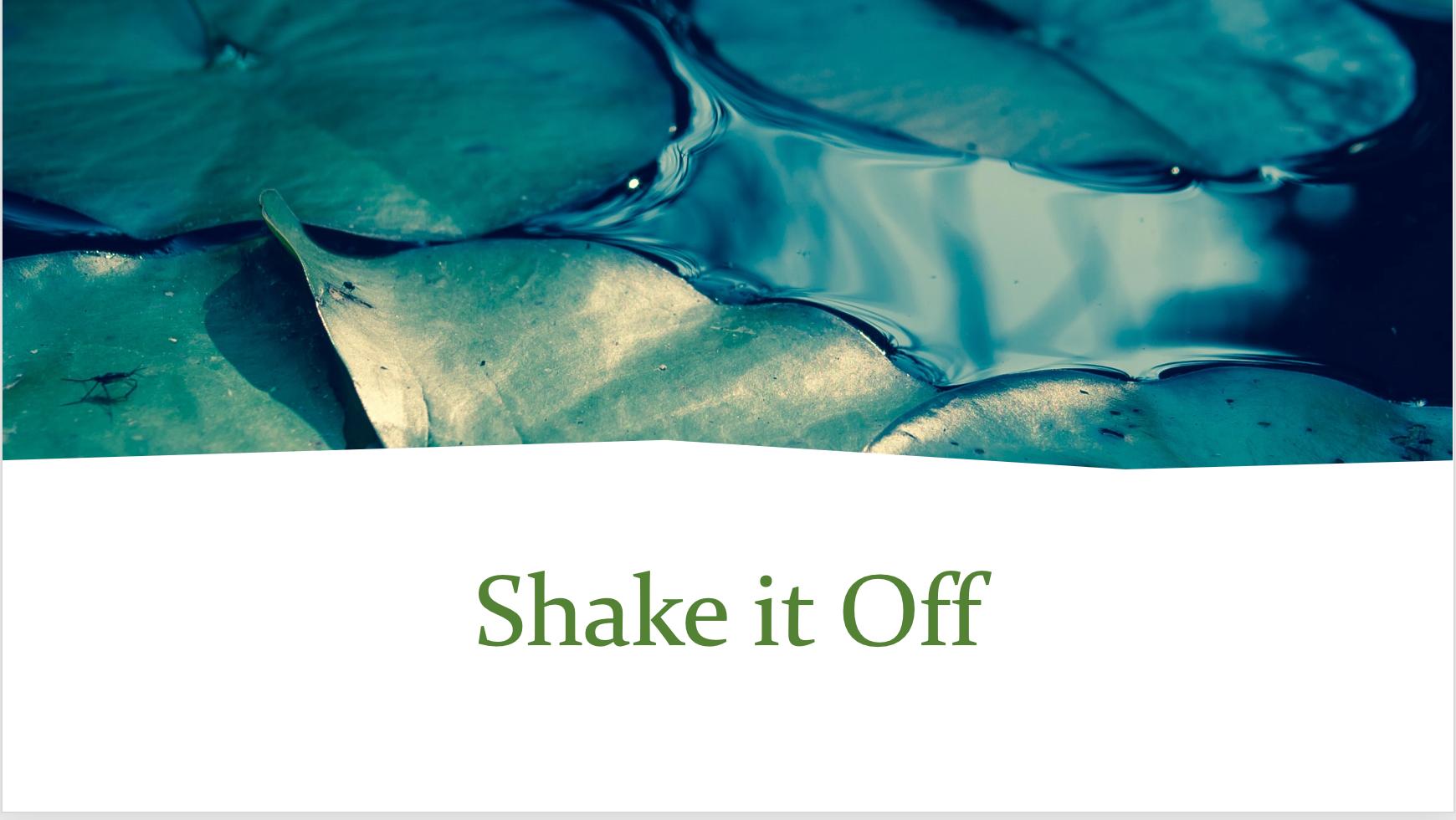
Listening to and following the body is important. This next exercise will help the body find a state of rest. Resting and centering the body isn’t always easy, and it can be hard to do when we need it most. With practice, the body can more quickly and easily find a state of rest, even in stressful situations. This is called Shake it Off.
[Slow your reading pace a bit. Be mindful of listeners who need time to absorb your instructions and experience the practice.]
Let’s start by finding a comfortable sitting position. Feel the body in the chair, shift to find an alert posture, and relax. Take a deep breath in. Let the eyes close. Let the breath out slowly
.Again, take a deep breath in. Exhale the breath slowly.
On the next inhale, begin to tighten the fists. Tighten the face, tighten the shoulders and chest. Tighten the legs and hips if you can. Breathe in and tighten everything. Now breathe out and let the tightness go. Imagine going limp as a noodle as you expel the breath.
Let’s do that a few more times. Tighten on a long inhale. Exhale and loosen everything to total relaxation.
[Guide
students through 5 full breaths].
Good job. Next, we ’ re going to stay relaxed and breathe. Don’t tighten or tense, just stay loose. Breathe in through the nose, deeply. Breathe out slowly through the mouth. Let’s do this three times.
Let’s come slowly back to a state of alertness. Keep the body loose and relaxed, and slowly open the eyes. Questions for open discussion:
• How did that feel?
• Where is the body able to find the most tension?
• Where is the body able to find the most looseness?
• Did anyone find it easier to loosen as the exercise went on?
• How did it feel to then just relax and breathe?
Next, we ’ re going to try a different version of tight and loose. Everyone stands and gives enough space to spread out their arms.
When I shake this set of keys, it’s a sign to shake the body. Move, wiggle, sway, shake the whole body—feet, legs, arms, belly, hips, shoulders, head. Ready, shake!
[Allow 10-20 seconds of movement.]
Now, everyone, freeze! Hold the body still, wherever it is. Don’t move. Hold the breath. Hold the body. Again, shake! Notice how the body wants to move. Notice the thoughts in the mind. Keep moving. And, still! Notice the thoughts and sensations now, while the body is being kept frozen.
[Repeat 3-5 times]
Let’s turn to a partner for a short conversation. Tell each other what your experience has been so far. Feelings, sensations, hesitations, anything.
[Allow for 3-4 minutes of open conversation. Then call the group ’ s attention back and allow for sharing with the entire group.]
Let’s take a quiet moment for some writing and reflection.
[Hand out paper or ask students to get out their own.]
Free-write for three minutes about your thoughts, emotions, or sensations during the last exercise. What did you feel and think while tensing the body, relaxing the body, moving the body, and freezing the body?
[Allow 3-4 minutes of free writing.]
Would anyone like to share their reflections, surprises, or thoughts?
[Allow 5-7 minutes of open sharing, questions, and discussion.]
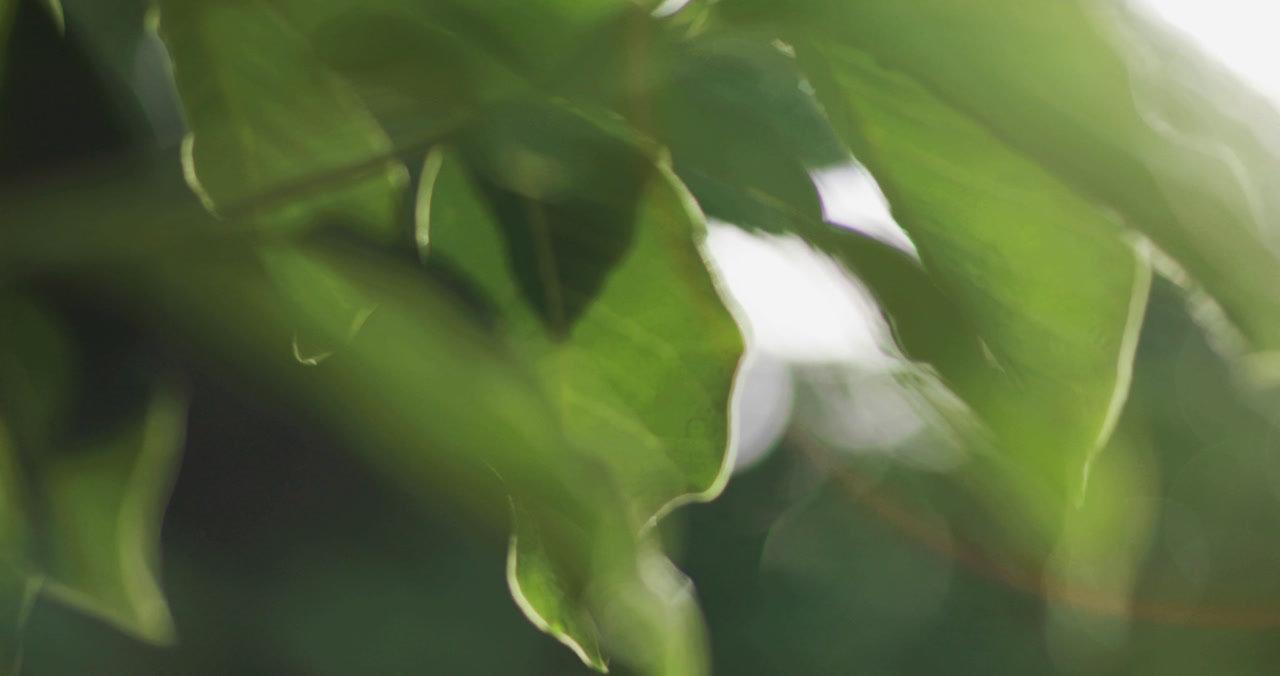
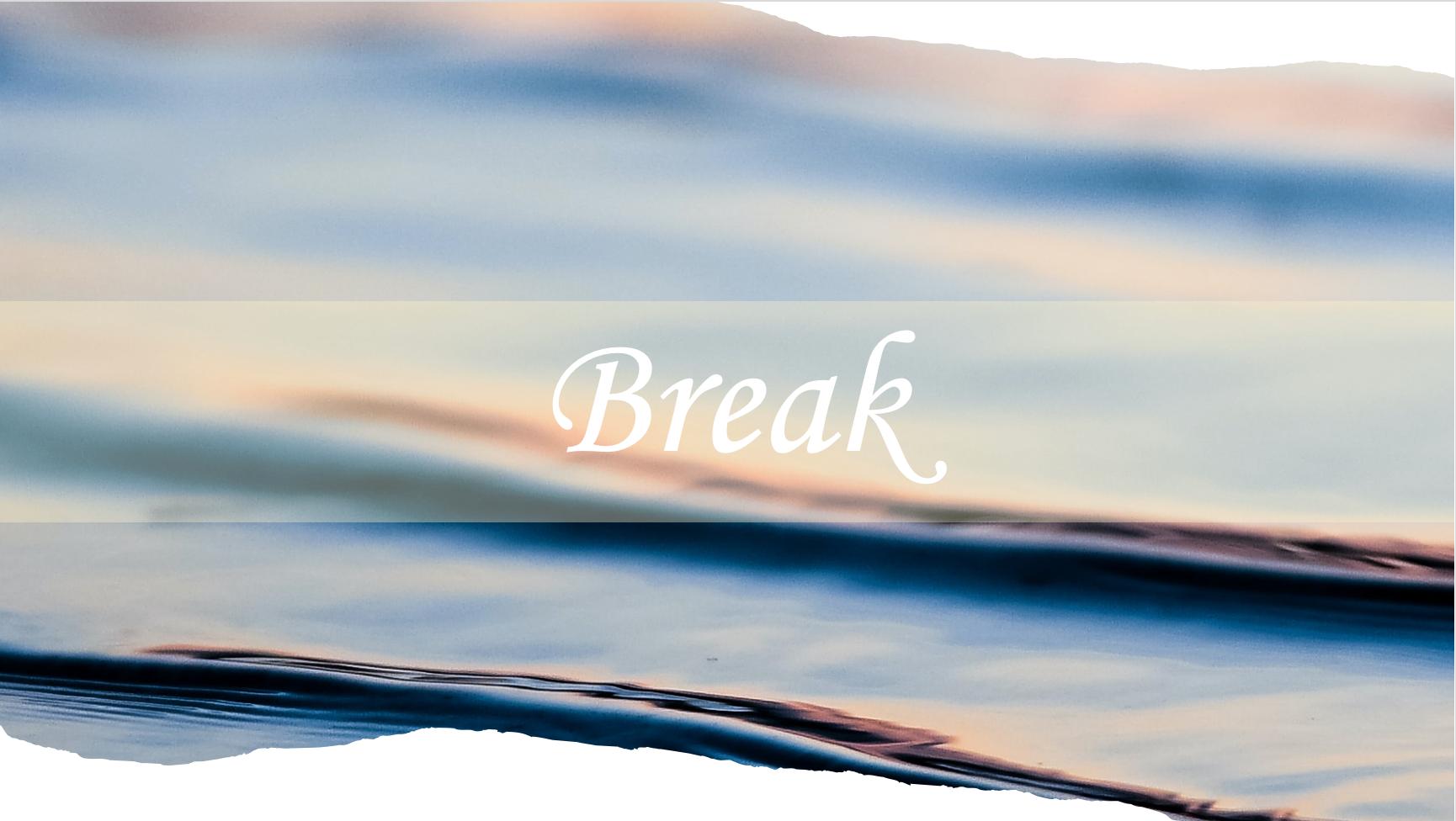
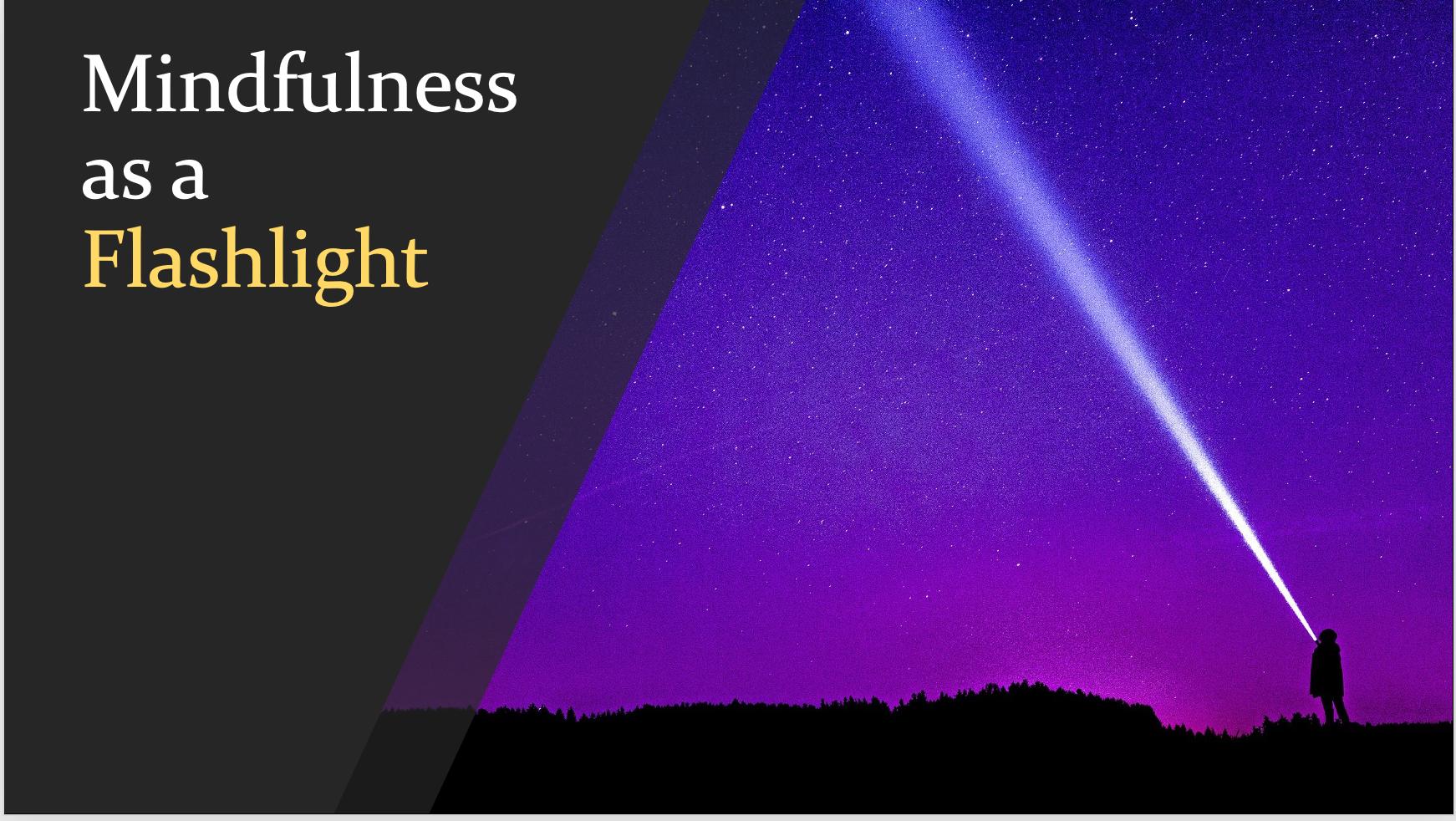
Welcome back. Let’s move the body and find relaxation and a sense of looseness, then take our seats. The image of a flashlight is useful when understanding mindfulness. Our focused, present-moment awareness is like a beam of light that illuminates one thing at a time. A flashlight doesn’t let us see the whole room, but we can shine a light on one thing in one moment. Another thing about a flashlight is that it shows us what’s there without any comments, judgments, or stories. Those are all what we bring from our minds.
We can turn our minds into flashlights—focusing on one thing at a time without judgment.
[Turn off the classroom lights and turn on your flashlight.]
Sometimes, too much information can feel overwhelming. We might not know what’s going on if we ’ re caught up in many emotions or sensations.
The same is true for darkness. We don’t know what’s around us, where we are, or how to move forward. With a focused light, we can manage the overwhelm and the lack of direction. Follow the light and focus on what it shows you in the present moment.
[Guide your flashlight across the room very slowly, pausing on objects or parts of objects. Encourage students verbally to notice shapes, colors, textures, and their thoughts and emotions. Please encourage them to meet their distraction or wandering minds with deep breathing.]
Notice what you see. It’s the only thing you see right now. Nothing else is in your present-moment awareness.
If time allows, let one student at a time take turns moving the flashlight across the room, pausing to notice objects or people.] Now, we will continue with the flashlight and delve deeper into the non-judgmental part of mindfulness. The mind can be eager to label, judge, and tell stories.
Following the light, let’s practice naming what has our attention while we take steady, calming breaths. When the light falls on a shoe, we’ll say to ourselves, “Shoe.”
We won’t think about whether we like the shoe, who we think is wearing it, or if we want one like it. If we catch ourselves judging or telling stories, take a deep breath and say the name again.
[Guide the light across the room to different objects and have students name what you land on. Verbally encourage present-moment awareness without judgment and name objects silently.]
Great job! Thank you! Would anyone like to share what it felt like to follow the light, naming what we could see?
[Allow 4-5 minutes of discussion and questions.]
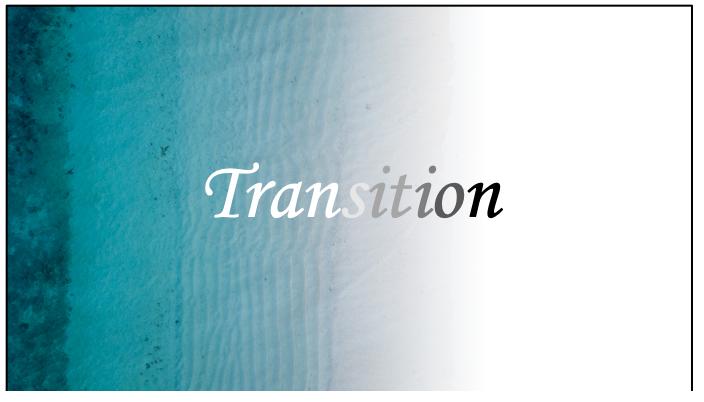
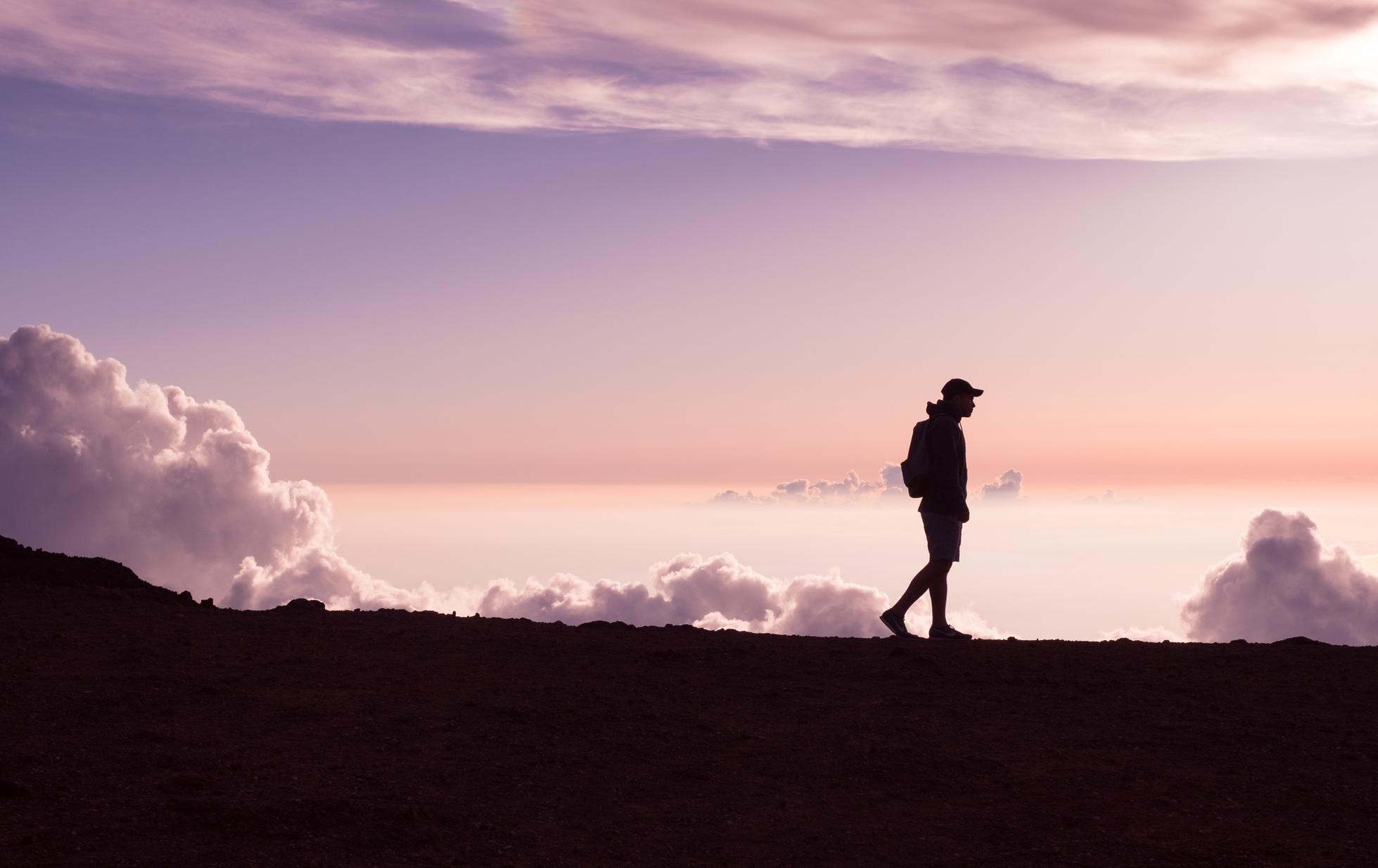


Let’s look at your Student Workbook together and review the pages you are invited to practice during the coming week.
You are welcome to try these practices independently and journal as much as you desire between now and our next session.

There are seven options for practices, one for each day.
You can, of course, repeat them as often as you like.
[Review the worksheets for Session 1 and check for student understanding.]
www.wisemindsmindfulness.comt


Thank you all for an excellent first session. Our next meeting will be on
[Make final reminders and announcements. You may want to stay for a few moments to answer questions, review for the next class, and close up your space.]
Let’s end by wishing ourselves and each other well as we go forward.

